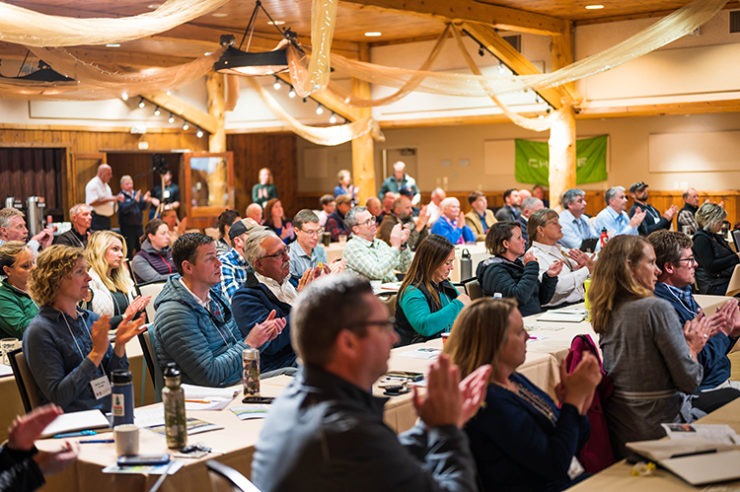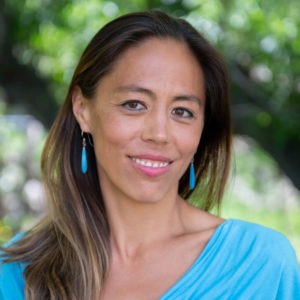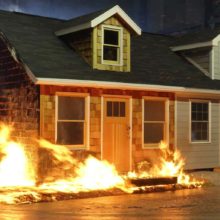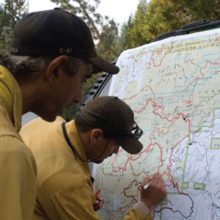Headwaters Economics, the Big Sky, Montana Fire Department, and the Community Planning Assistance for Wildfire (CPAW) program hosted the Building for Wildfire Summit in September, 2019. The event brought together more than 120 builders, developers, architects, planners, land managers, and elected officials to identify best practices for building homes to higher wildfire-resistant standards.
The Summit featured Dr. Jack Cohen, retired U.S. Forest Service researcher. Dr. Cohen’s research provides compelling confirmation that local home characteristics play a significant role in reducing wildfire risk. Therefore, building homes for wildfire-resistance is a key, but often overlooked mitigation strategy.
“The wildland-urban interface problem is a home ignition problem, not a wildfire control problem. Extreme wildfires are inevitable but wildland-urban fire disasters don’t have to be.”
Dr. Jack Cohen, Ph.D., U.S. Forest Service, Retired
Daniel Gorham, a Research Engineer with the Insurance Institute for Business & Home Safety (IBHS), presented a series of videos demonstrating how the roof, decking, siding, and near-home landscaping are the most vulnerable components of a home to wildfire.
A recent study by Headwaters Economics and IBHS found that in Montana, these components can be built with wildfire-resistant materials for relatively similar costs as typical building materials. This IBHS video demonstration shows how a traditionally-constructed home ignites after exposure to embers, while the neighboring wildfire-resistant home is unharmed.
Related: Guest column from Ray Rasker, Ph.D.: Adapting to Wildfire Requires Land Use Regulations. Wildfires today burn down more homes and kill more people than ever before. Land-use regulations would increase our chances of survival. Read more >>
Creating wildfire-resistant homes, and in turn fire-adapted communities, requires us to reach outside our usual circles of influence and work with partners across the table. The wildland-urban interface problem is not going away, and we have the science and research to build better and safer homes.

A portion of this post originally appeared in the Fire Adapted Communities Learning Network blog.



